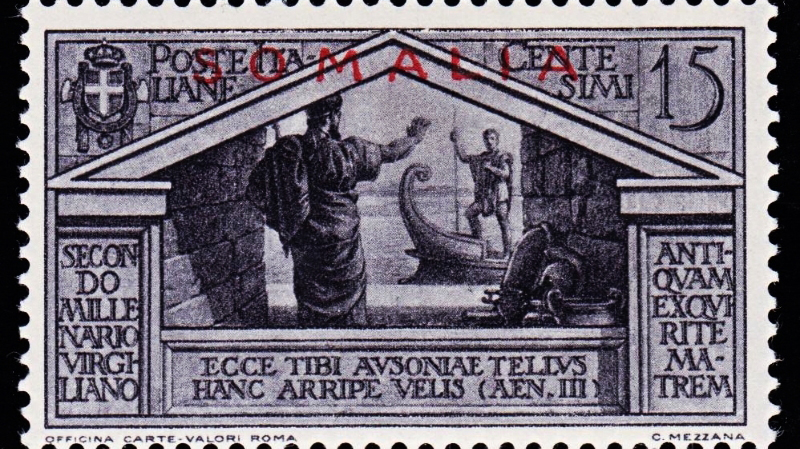About the project
"Rome is our starting point and our point of reference," Benito Mussolini declared in 1922: "it is our symbol or, if you wish, our Myth". Signs and symbols of Rome were everywhere in Fascist Italy, from the symbol of the fasces to the "Roman salute".
The ancient language of Rome, too, was part of the Fascist "cult of Rome". Apart from Dux and SPQR, Latin words, phrases, and even short texts featured in, for instance, banners, stamps, and inscriptions all over Italy. Mussolini himself exclaimed, in Latin: "Civis Romanus sum".
In this project, an international team of researchers explores how and why Latin was deployed in Fascist propaganda. While previous work has primarily focused on literary texts, this project investigates the uses of Latin in Fascism’s material and visual culture, including public spectacles, grand-scale exhibitions, and architecture.
The project scrutinizes the linguistic and literary features of these "Latin signs", their immediate material contexts, as well as the wider discourses on Latin that gave new ideological significance to the language of ancient Rome.
Aims
The project pursues several aims:
- The project’s main aim is to understand how and why Latin words, phrases, and short texts were used in the material and visual culture of Italian Fascism.
- The project moreover explores how the use of Latin in Fascist propaganda can be understood within the context of current scholarly views on the Fascist cult of Rome (“romanità”).
- The project team aspires to make the often difficult-to-find heritage of Fascist Latin texts available in a scholarly responsible way. It does so both by developing further the online repository Fascist Latin Texts and by producing a new scholarly anthology of Fascist Latin texts.
- The project finally also aims at opening new perspectives on the understudied symbolism of ancient and ‘dead’ languages and scripts (such as hieroglyphs and runes) more generally in other ideological contexts.
FLT: Fascist Latin Texts
The online resource Fascist Latin Texts (flt.hf.uio.no) makes available Latin texts on subjects relating to Fascism and written under Mussolini's regime (1922-1943).
We welcome guest editors and authors who would like to contribute transcribed texts and/or introductions for publication in FLT. Please contact us via flt-contact((at))hf.uio.no.
Financing
The Research Council of Norway. Grant nr. 316016.
Cooperation
Anchoring the Fascist Revolution.
The Norwegian Institute in Rome.
Brepols' Centre “Traditio Litterarum Occidentalium” (CTLO).
CLARIAH-VL: Open Humanities Service Infrastructure.
A collaborative relational database infrastructure for Humanities Researchers (KUL).
Duration
01.08.21 - 30.09.2025.
